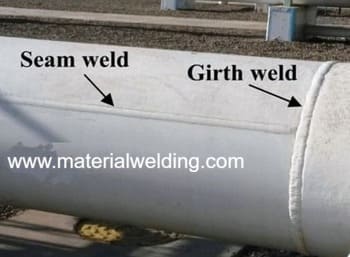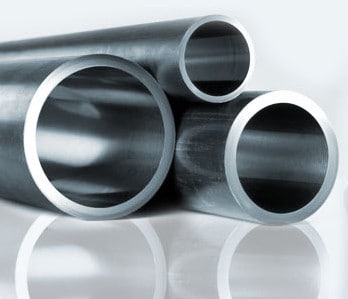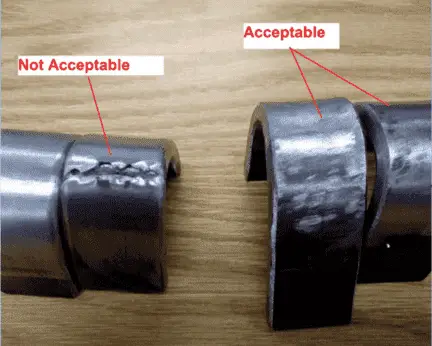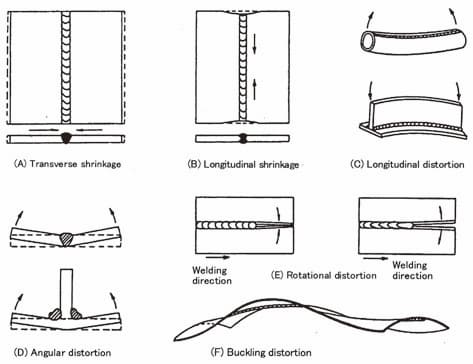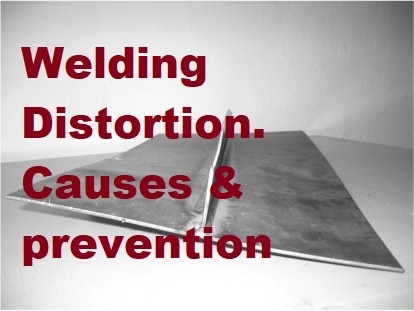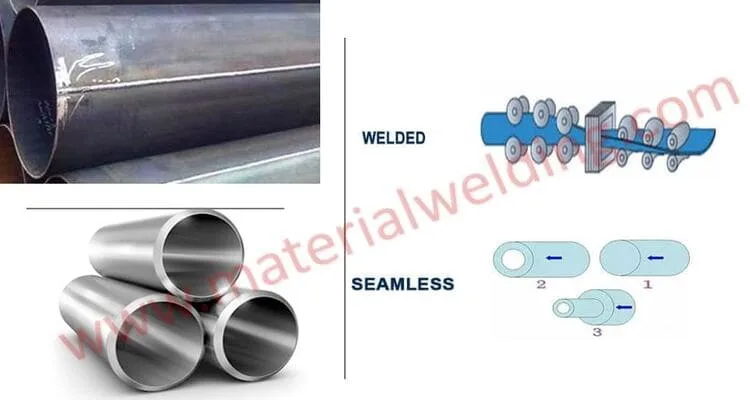Longitudinal Weld Meaning
A longitudinal weld is a type of welding joint in which two edges of a rolled material are welded along the lengthwise direction of the part. This type of weld is often used to join sections of pipe or tubing or shell.
Longitudinal weld or Longitudinal seam both are identical terms used in fabrication industries to point out the weld made along the length of a pipe or shell.
Longitudinal welds are very critical as they save tons of money by allowing the fabrication of pipes of larger diameter by welding. They are accompanied usually by 100% NDT to ensure the welds are of high quality and integrity.
What is longitudinal seam welding?
The term “longitudinal” refers to the axis of the weld, which is parallel to the length of the workpiece.
In contrast, a transverse weld is perpendicular to the length of the workpiece. longitudinal weld seam orientation is parallel to the length of the part as shown in below figure, highlighted by green line.
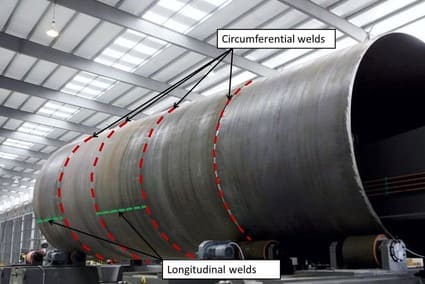
Longitudinal welding can be performed using various methods, including gas tungsten arc welding (GTAW), shielded metal arc welding (SMAW), and flux-cored arc welding (FCAW).
What are the types of Welding seams?
A welding seam is a point where two edges of the material are welded together. There are three main types of welding seams:
- Longitudinal,
- Circumferential, and
- Helical.
Longitudinal weld seams are created when two edges of the material are welded together along their length. This type of seam is often used for making large-diameter pipes and shells for vessels & tanks.
Circumferential seams are created when two edges of rolled pipe/ shell are welded together around their circumference. This type of seam is often used for cylindrical tanks and vessels. In pipe welding, a Circumferential seam is called Girth Weld.
Helical weld seams are created when two edges of the metal are welded together in a spiral pattern. This type of seam is often used for pipes and tubes.
Which weld is Stronger, a longitudinal or a transverse Weld?
Longitudinal weld joint falls under Category A as per ASME Section VIII Div. 1. Longitudinal welds are typically stronger than transverse welds because they experience less stress during use.
Longitudinal weld joint efficiency
Longitudinal weld joint efficiency is 0.7 when only visual inspection is carried out. One way to improve the efficiency of longitudinal weld joints is to use spot radiography.
A joint efficiency of 0.7 means the strength of the weld joint is 70% of the base material strength. For example, if the base metal strength is 100Ksi, a weld joint with a 0.7 joint efficiency will have a strength of 70 Ksi.
By adding radiography, the joint efficiency for Longitudinal welds is increased from 0.7% to 0.85%.
A joint efficiency of 0.85 means the strength of the weld joint is 85% of the base material strength. For example, if the base metal strength is 100Ksi, a weld joint with a 0.85 joint efficiency will have a strength of 85 Ksi.
Longitudinal weld vs Transverse weld
A longitudinal weld is a weld made along the length of a workpiece, while a transverse weld is a weld made across the width of a workpiece. Each type of weld has its own advantages and disadvantages.
Longitudinal welds are stronger than transverse welds because they have less surface area exposed to potential failure. This makes them ideal for joining together two pieces of metal that will be under high stress.
Transverse welds are not as strong as longitudinal welds, but they are essential to fabricate higher-length vessels, tanks, columns and reactors for industries.
